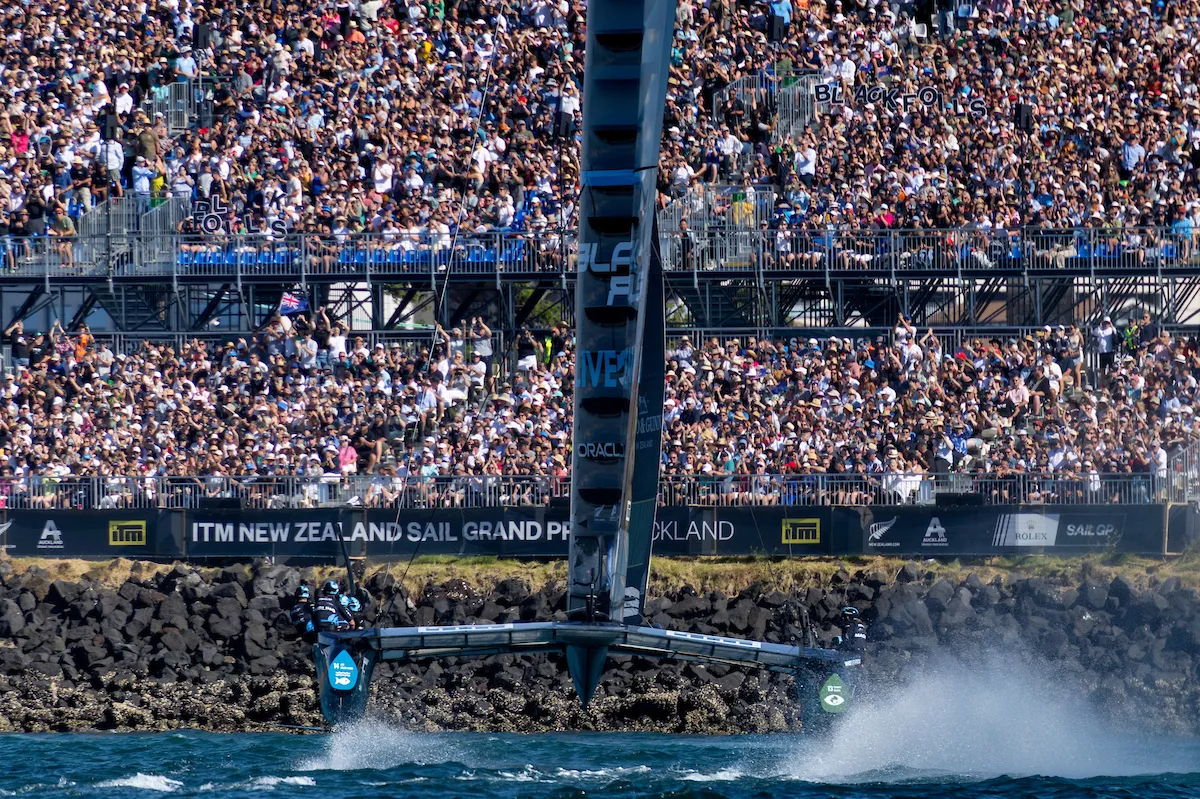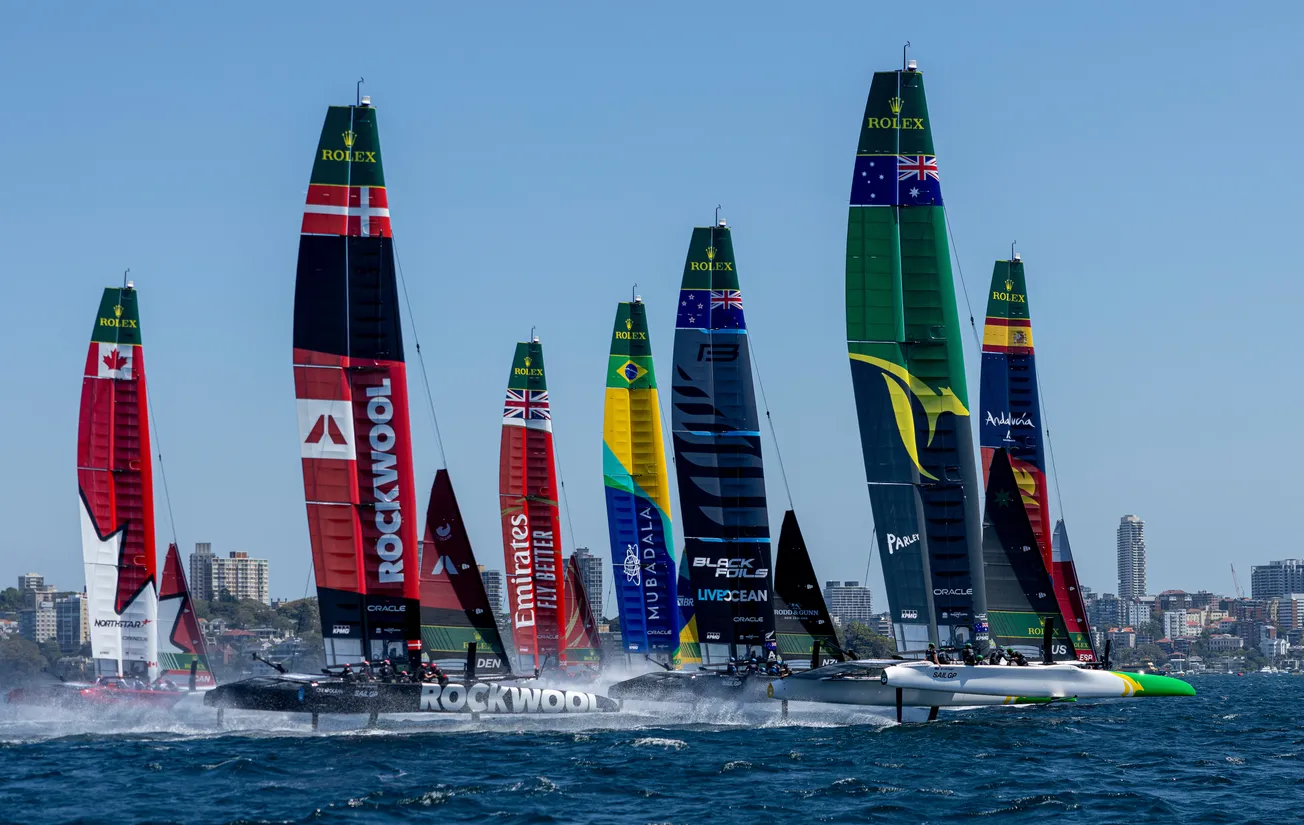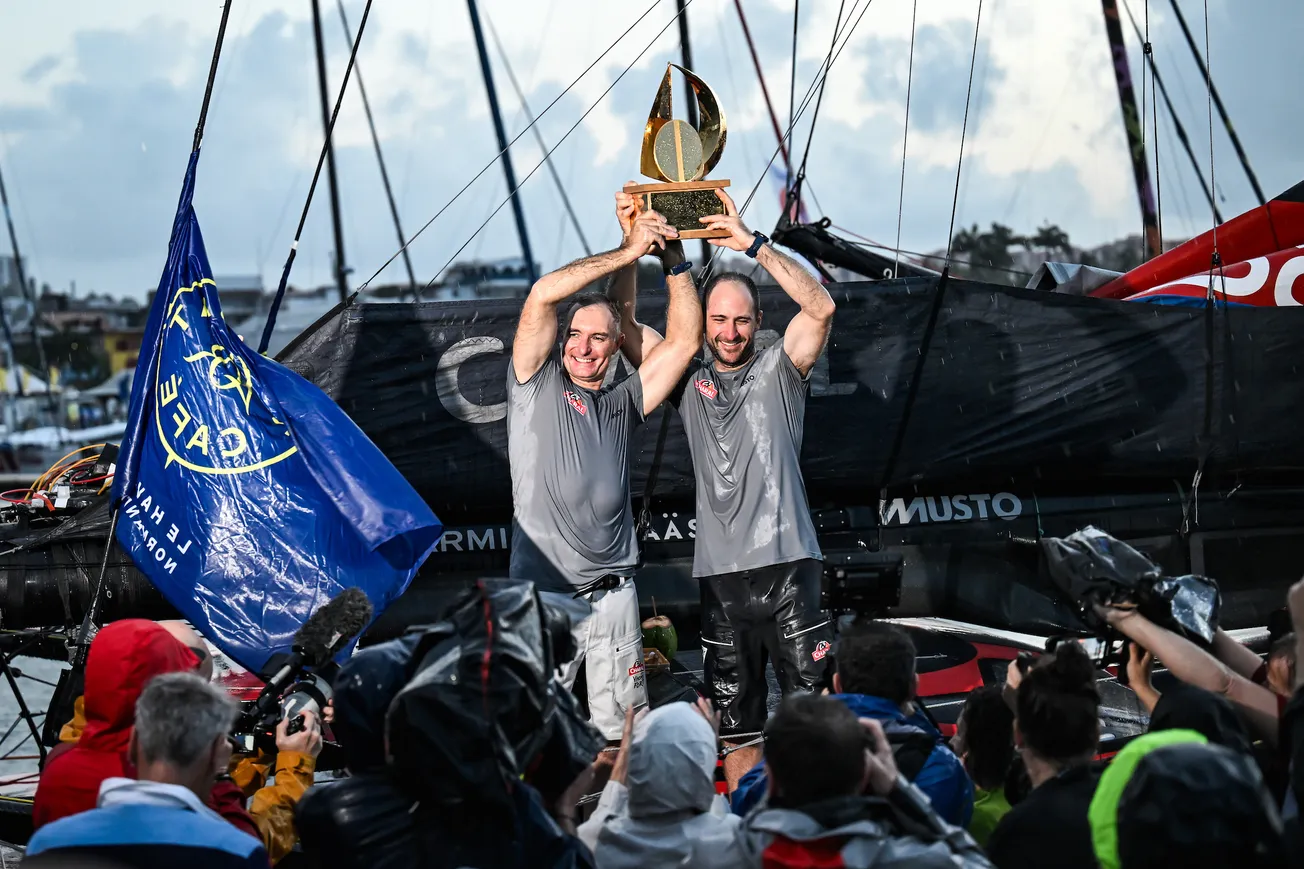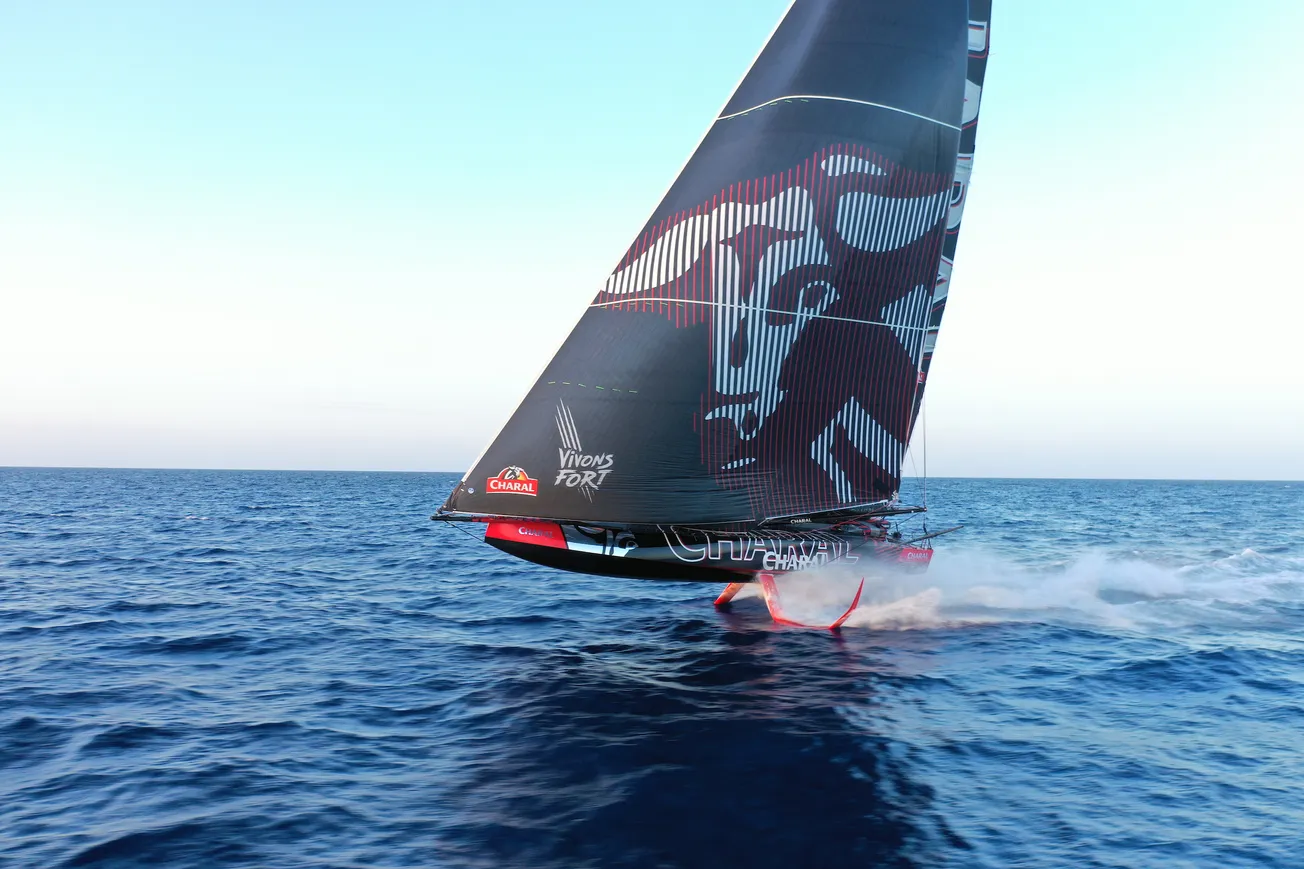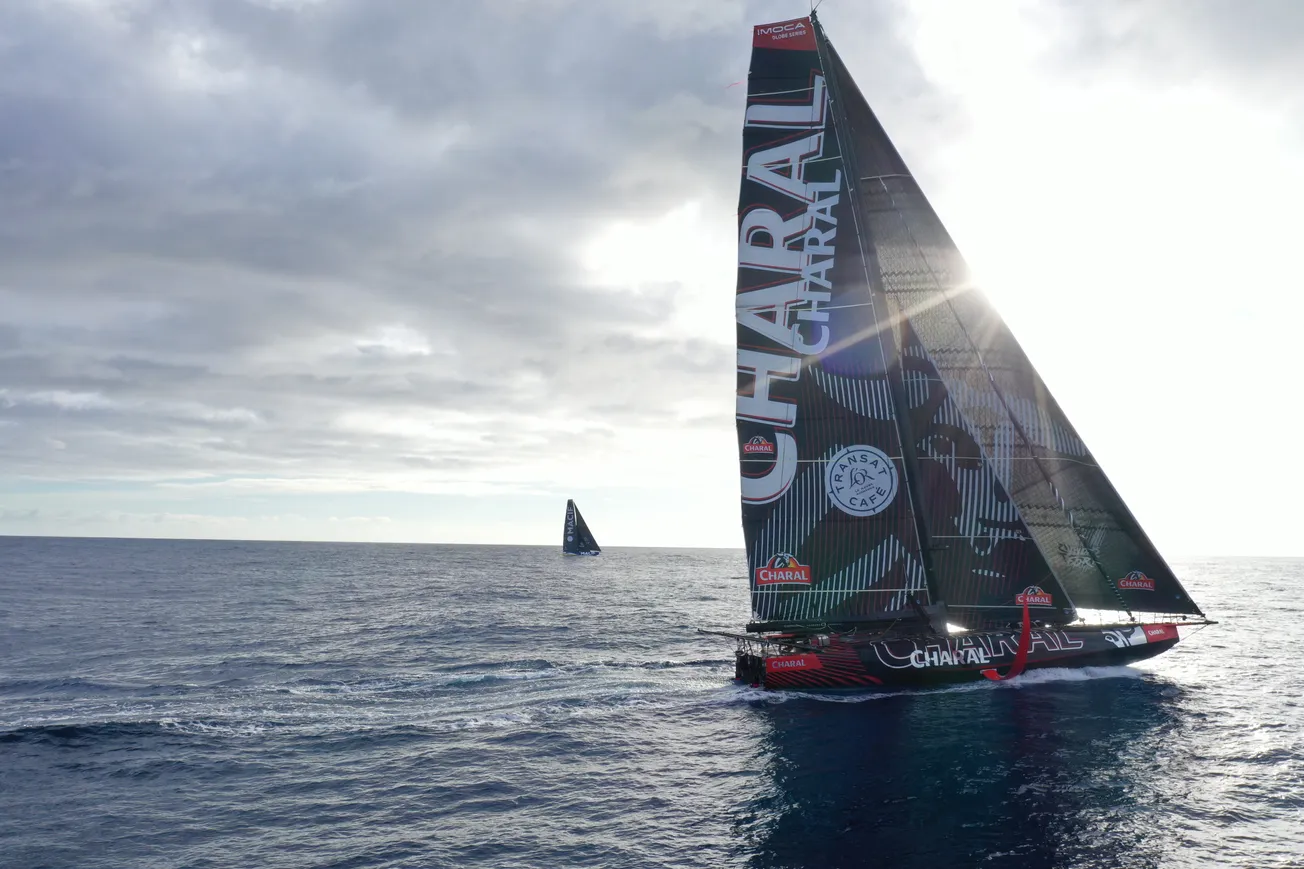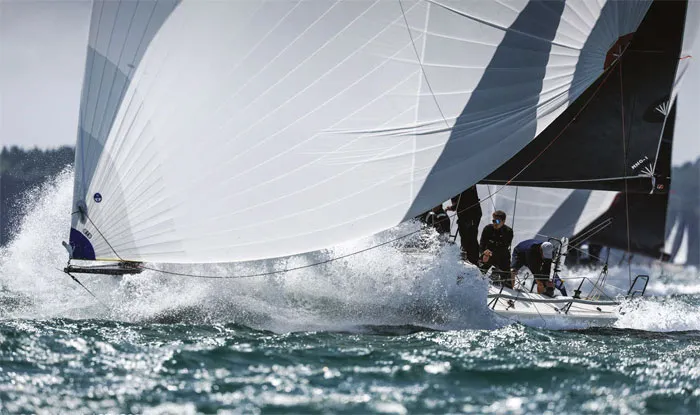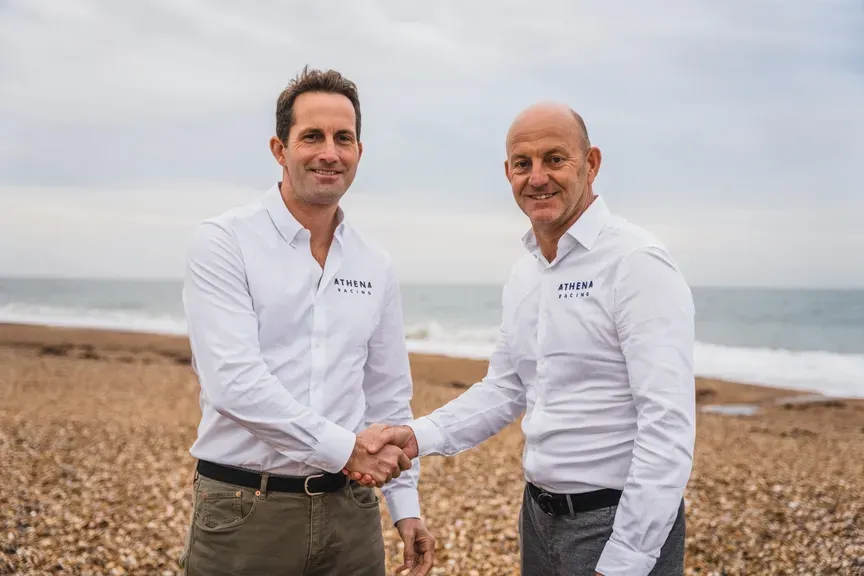

There was a time – and it wasn’t all that long ago – when the big-ticket events in our sport were run primarily for sailors. The America’s Cup, the Olympics, even offshore classics like the Whitbread, were essentially competitions staged by sailors, for sailors, and watched only by those already immersed in the sport.
But the landscape has shifted. Today, sailing’s four biggest stages – the America’s Cup, Olympic sailing, SailGP, and the Vendée Globe – are as much entertainment products as they are sporting contests. They are packaged, broadcast, clipped, and streamed in ways that look far more like mainstream sport than niche yacht racing.
The question is: is this a good thing? And perhaps more importantly, does it even matter to the millions of sailors who spend their weekends battling it out in dinghies, sportsboats, or keelboats?
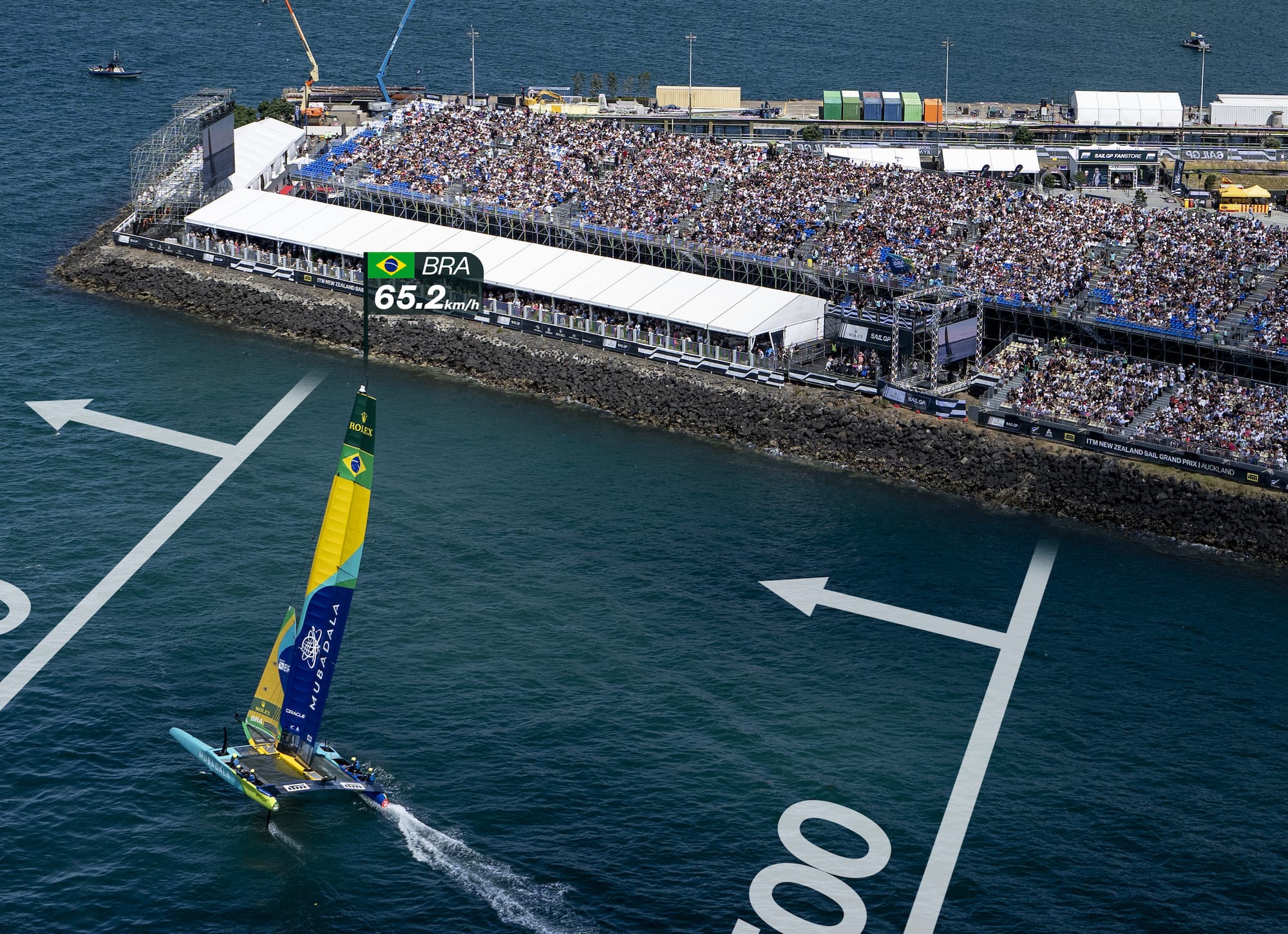
Let’s start with SailGP – because if ever there was a sailing series born for television, this is it. The whole concept was designed with the sports entertainment model front and centre: short, sharp fleet races in identical foiling catamarans; city-centre venues where spectators can line the waterfront; a slick broadcast package with data overlays and expert commentary.
SailGP aims –with varying degrees of success – to replicate the atmosphere and high-adrenaline action of a Formula 1 weekend, but on water. You could argue that without this kind of mainstream presentation, sailing doesn’t stand a chance of cutting through in today’s ultra-competitive sports and entertainment marketplace. Whatever you might think of it, SailGP has created a genuinely watchable product that attracts eyeballs far beyond our small sailing bubble.
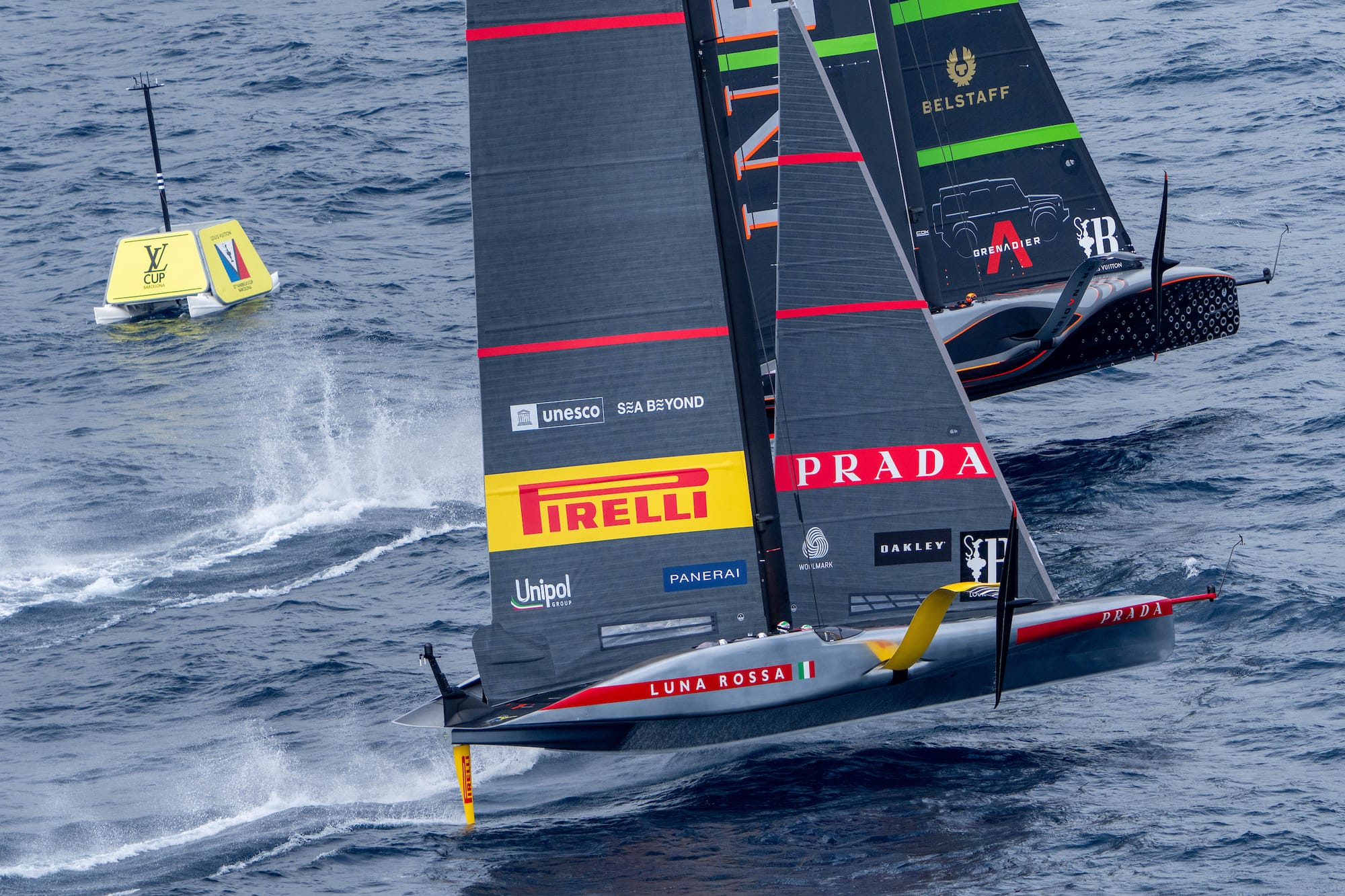
The America’s Cup has been on a similar journey – albeit a much longer one. Once the preserve of a few yacht clubs and their billionaire backers, in recent decades the Cup has become a media extravaganza. The switch to foiling multihulls in San Francisco in 2013 was the tipping point, and since then the Cup has doubled down on spectacle: faster boats, tighter courses, better graphics, and wall-to-wall coverage.
Purists might lament the loss of stately monohulls duelling off Newport or Fremantle. But if the Cup had stayed that way, would anyone outside the sport still be watching? Actually, who knows? Maybe they would? But what a crying shame it would have been for an event that has always been about creating the fastest possible boat to have ignored the foiling revolution. The fact is, the America’s Cup has grown into a headline act in the wider sporting calendar – and that visibility is no bad thing.


